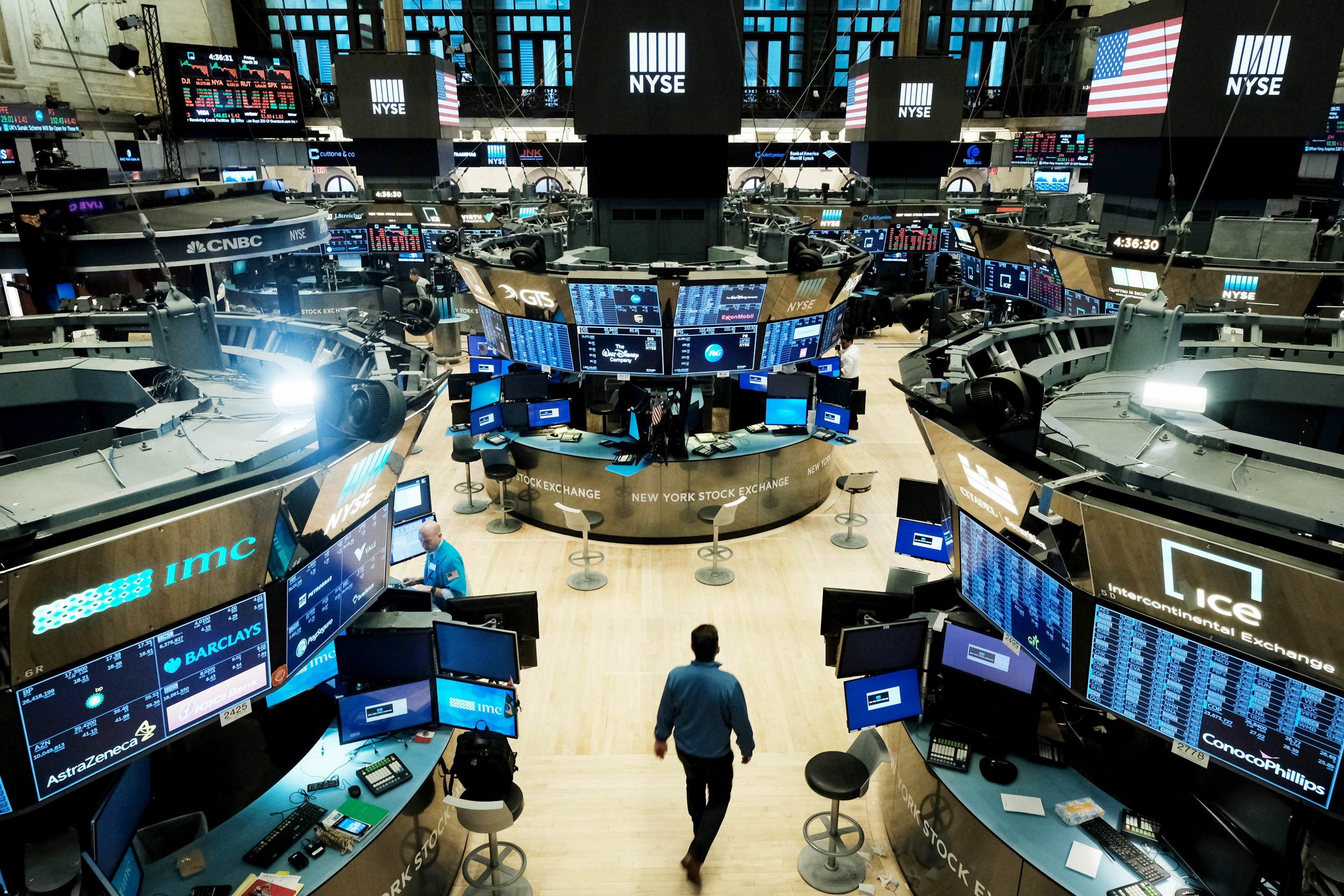The two-month downward spiral in U.S. stocks is poised to intensify further, as options dealers on Wall Street and fast-money traders pivot against the market. This cautionary note comes from Scott Rubner, a seasoned analyst at Goldman Sachs Group Inc., who has closely monitored fund flows for over two decades. With critical indices like the S&P 500 breaching significant thresholds, there’s a looming risk that trend-following systematic funds may be compelled to divest their equity holdings.
According to Rubner’s calculations, commodity trading advisers, specializing in navigating the ebb and flow of asset prices via futures market strategies, are anticipated to offload a staggering $48 billion in global stocks within the next week, even if the benchmarks remain steady.
Presently, market makers find themselves ensnared in a position where they must align with the prevailing equity trend, amplifying price volatility in both upward and downward directions. This stance, known as short gamma, has now reached its most extreme level since Goldman initiated data tracking in 2019.
Rubner, a managing director at the bank, articulated in a note, “This is a no-rules market and flows over fundamentals are the drivers of price action into the end of the quarter. This dynamic remains negative in the ultra-short term.”
On Wednesday, stocks rebounded from an earlier 0.8% dip, allowing the S&P 500 to conclude the session at parity. Since its zenith in July 2023, the benchmark index has slipped nearly 7%, as the Federal Reserve’s steadfast commitment to prolonged higher interest rates exerts pressure on stretched valuations. Along this descent, the index relinquished support at both its 50-day and 100-day averages.
Despite the present orderly trading atmosphere, substantial declines are accumulating, a sharp departure from the placid summer period. Over the past five weeks, the S&P 500 has witnessed four distinct sessions with 1% drops. This follows an impressive 47-day streak without a 1% decline, an endurance unmatched since January 2020.
Goldman’s assessment mirrors concerns raised by Morgan Stanley’s trading team, which recently highlighted the mounting fragility in the market. This fragility stems from a similar positioning dynamic observed among options traders and momentum-chasing quantitative funds. While the focus remains on Federal Reserve policy and the looming specter of a government shutdown, this analysis spotlights a more complex technical landscape on Wall Street.
Conversely, should stocks mount a resurgence, options dealers will need to pursue the market to maintain a market-neutral stance, granting them the potential to influence market movements in both directions. According to Goldman’s model, a mere 1% market shift could translate into a staggering $3.3 billion in share transactions.
Rubner foresees a potential market bottom forming in early October, anticipating a year-end rally fueled by favorable seasonality and an uptick in corporate buybacks. By week’s end, roughly 90% of S&P 500 firms will enter an earnings-related blackout period. Historical data compiled by Goldman indicates that share repurchases typically surge in November and December, accounting for 21% of the annual total.
“The positive set up for Q4 is about as good as I have seen once we clear this flow-of-funds supply,” Rubner remarked. “I will sound the alarm bells when the ‘elevator is down, and we can ride the escalator up’ into the end of the year.”
In conclusion, the evolving dynamics of Wall Street and the strategic maneuvers of money traders continue to shape the trajectory of the market, warranting vigilant attention from investors and analysts alike.
Source: Bloomberg



